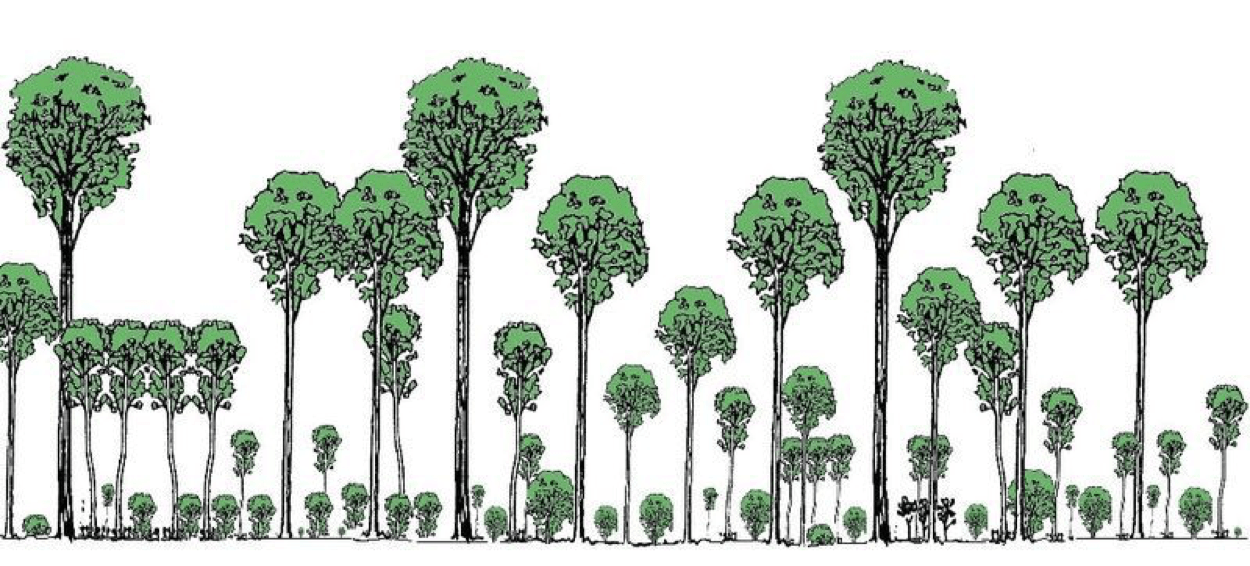Basic Characteristics Of Forest Stands | Part 1
A forest stand is a part of a forest consisting of a relatively uniform(=the same and identical) group of trees growing close together and covering a particular area. Such a tree group can be described by several characteristics. The basic ones include: stand origin, species composition, age, stratification, stand and canopy density.
Stand origin
This characteristic tells us whether the stand was regenerated naturally or artificially. In the case of natural regeneration a forest regenerates itself by producing seeds which are later dispersed(=spread). The seeds germinate and new trees start to grow. Artificial regeneration is achieved by sowing seeds, planting seedlings, stem cuttings or, very rarely, sprouts. The latter can be stump or root ones.
Species composition
Species composition is a criterion used not only in a stand description but also in forest type classification. As far as stands are concerned they can be divided into single-species or mixed ones usually containing one dominant species and some others as secondary components constituting no more than 50 per cent of species composition. An admixture(=mixture), which can be permanent or temporary, plays a very important role in forests because it contributes to litter production, increases soil moisture, protects the dominant species from unfavourable weather conditions (e.g. too much sun, drought), promotes biodiversity and provides shelter for beneficial insects and animals.
Stratification
This tells us how many tree layers or strata there are from the forest floor to the tree tops. Stands are divided into single-storey and multi-storey.
germination = the development of a plant from a seed or spore after a period of dormancy(=the state in which a plant is alive but not actively growing)
stand = a group of growing plants of a specified kind, especially trees
See also
Temperate Forest Stratification (https://t.me/espedition/837)
